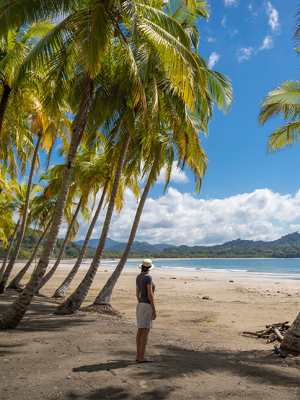

Get right up close to Costa Rica’s stunning scenery and wildlife in Tortuguero National Park, at Arenal Volcano and in Monteverde Cloud Forest, and end the tour at Playa Sámara’s beautiful beach.
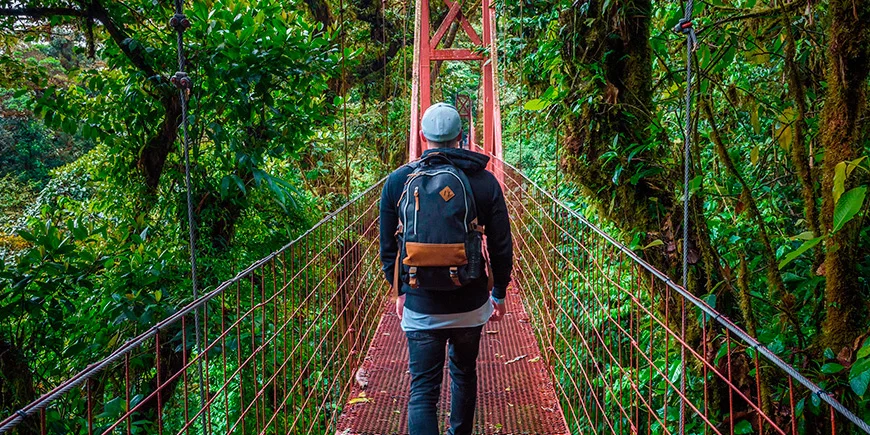
Picture a country where the morning mist gently wraps around majestic mountains, soon giving way to sunbeams that dance across lush, green rainforests.
Costa Rica’s climate sets the perfect stage for some of the world’s most spectacular natural experiences, and it plays a big part in shaping the adventures you’ll have on your tour.
This guide covers everything you need to know about the weather in Costa Rica, including both regional and monthly variations, so you can choose the best time to visit – whether you dream of golden sandy beaches, verdant rainforests, remarkable wildlife encounters, or simply a wonderful mix of it all.
Please note that weather can be full of surprises. The guide below is based on historical patterns, but you might still experience showers during the dry season or dry spells in the rainy season.
The best time to visit Costa Rica is during the dry season from December to April, when the weather is warm, sunny, and dry across much of the country. This is the perfect period for relaxing on the beach, hiking in national parks, and exploring Costa Rica’s amazing wildlife.
But Costa Rica is also a year-round destination, and the rainy season from May to November offers its own unique advantages—for instance, lush green landscapes, fewer visitors, and extraordinary wildlife encounters.
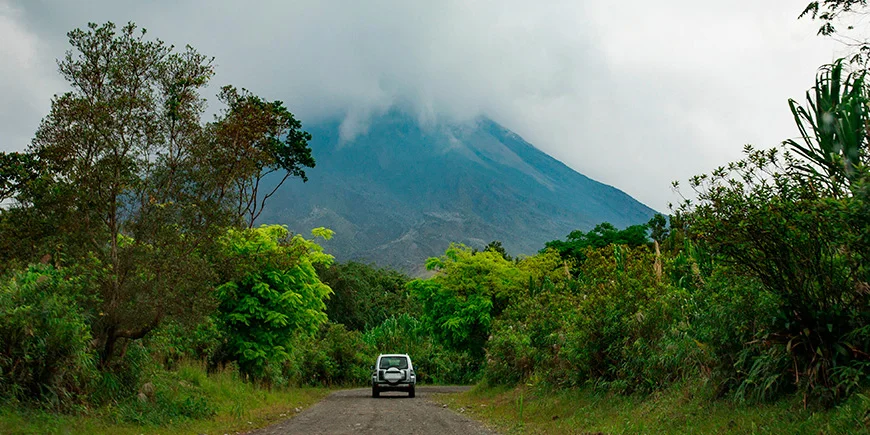
Located in Central America, Costa Rica enjoys a tropical climate, with warm temperatures and the chance of rain throughout the year.
While Costa Rica is relatively small, the weather varies greatly depending on where you are, thanks to its diverse climates. The country is divided into western Costa Rica, facing the Pacific Ocean, and eastern Costa Rica, bordered by the Caribbean Sea, separated by mountain ranges through the centre (the Cordillera Central and the Cordillera de Talamanca). These mountains create clear distinctions in climate: on the Pacific side, you’ll find well-defined wet and dry seasons, while the Caribbean coast tends to experience rainfall year-round.
Find weather charts for every region on our practical information page.
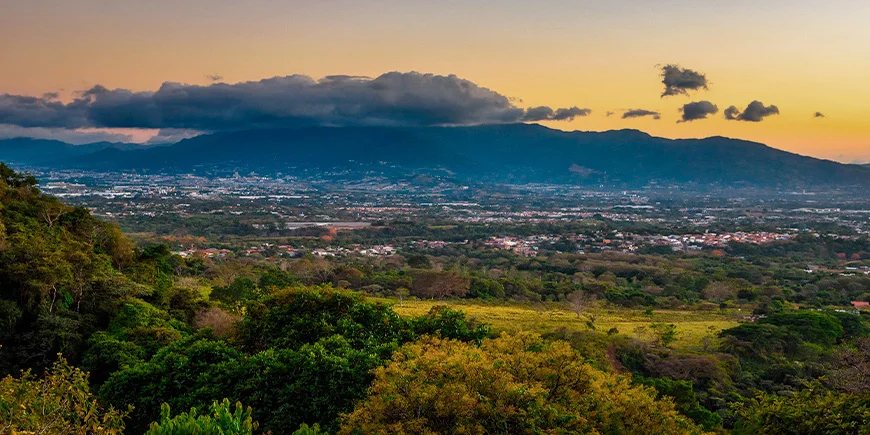
The regions along the Pacific coastline experience clearly defined seasons (with local variations), marked by distinct wet and dry periods.
The dry season runs from December to April, and is referred to as verano – Spanish for summer.
This season is characterised by warm temperatures and little to no rainfall. Between December and March, the north-western Pacific coast can encounter strong trade winds, which may make the sea more unsettled.
The rainy season stretches from May to November, and is known as invierno – Spanish for winter.
This period is also referred to as the green season, as the rainfall transforms the landscape into a lush, vibrant environment. While there may be the occasional day-long downpour, rain usually falls at much the same time each day, making it easier to plan your activities around the weather.
Below, you’ll find an overview of the key regional differences:
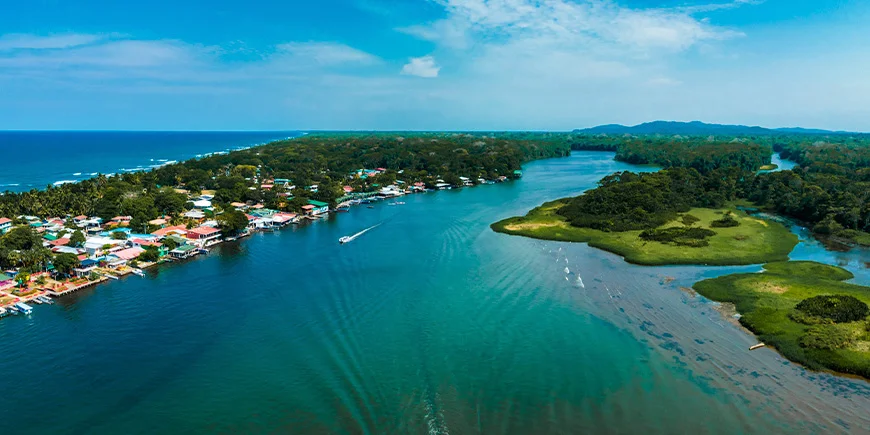
The Caribbean coast (e.g. Tortuguero and Puerto Viejo de Talamanca) has a slightly different weather pattern from the rest of the country.
The area enjoys a warm rainforest climate, with rainfall throughout the year. However, there are two periods when the weather tends to be somewhat drier than in the other months: February–March and September–October. The wettest months usually fall between November and January, when the rest of the country experiences dry weather.
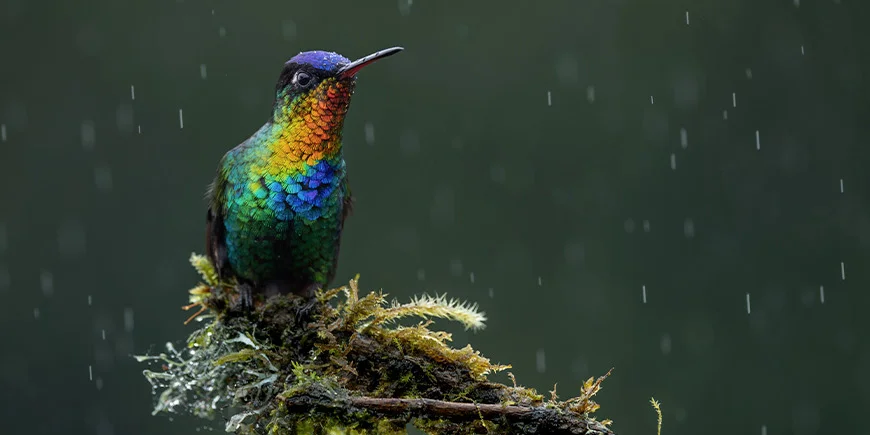
Each season in Costa Rica offers its own unique advantages, and the best time for your tour depends on the kind of experiences you’re after. Here’s a quick overview.
Tip: In July and sometimes August, there’s a brief spell of more settled weather, known as the “veranillo” – a little summer right in the middle of the rainy season.
Want to know exactly what the weather is like each month? Read on below.
The weather in Costa Rica doesn’t just vary from month to month – it also differs from region to region. Below, you’ll find an overview of the month-by-month climate around the country, making it easy to choose the perfect time for your trip, based on your preferences and interests:

January in Costa Rica brings dry, sunny weather to much of the country.
It’s a popular time to visit, especially for those looking to combine beautiful beaches with encounters with nature and cultural experiences.
The Caribbean coast, where you’ll find places like Tortuguero and Cahuita National Park, receives considerably more rainfall than the rest of Costa Rica, and January is among the wettest months in this part of the country.
February is one of the driest months across Costa Rica, making it ideal both for hiking in national parks and unwinding on the coast. For example, visit the stunning Arenal Volcano, where your chances of catching a clear view of the summit are higher during the dry season.
The temperature is pleasant, and the landscapes remain lush and green after the rainy season ends in November in western Costa Rica. The dry weather makes this a great month to explore national parks such as Manuel Antonio or the geothermal areas in Rincón de la Vieja.
On the Caribbean coast, there is a little less rainfall than usual, and February is considered one of the driest months of the year in this region. February also marks the start of nesting season for Costa Rica’s largest sea turtle, the leatherback, which begins to lay its eggs along the Caribbean shores – for example, at the beaches of Tortuguero National Park. If you visit between February and June, you might be lucky enough to catch a glimpse of them on the beach.
The stable weather continues into March, bringing dry days and plenty of sunshine. March is among the driest months of the year, especially along the Pacific coast and in the central highlands. If there is rain, it usually comes as brief, local showers that quickly pass by.
On the Caribbean coast, the first of the drier periods of the year (February to March) continues, although you should still expect some rain in this region.
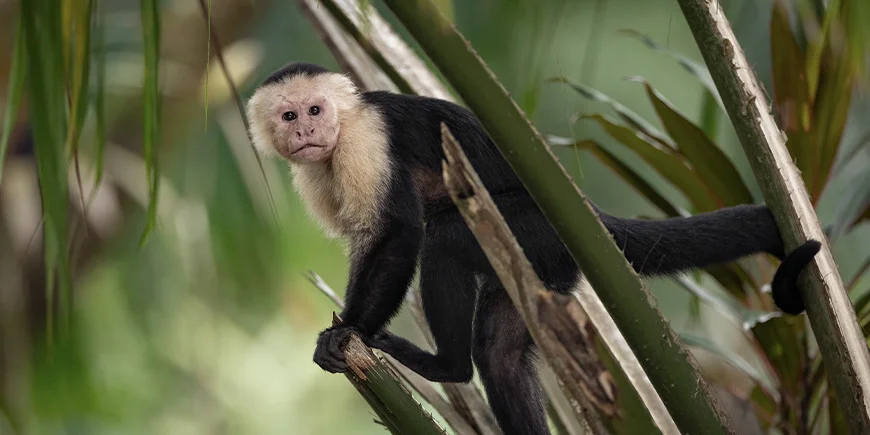
April marks the end of the official dry season on Costa Rica’s Pacific side. In many regions, this month is a transitional period leading into the rainy season—you can expect more rain than in previous months, though not as much as in the months to come.
April is one of the hottest months in Costa Rica, with temperatures reaching their peak, especially in the lower-lying areas, such as around Arenal.
This is an excellent time to make the most of sunny days at Playa Sámara or set off on hikes through Manuel Antonio National Park before the rainy season fully arrives. In Corcovado National Park on the Osa Peninsula, the wet season has already begun, but the park remains as breathtaking as ever and is always well worth a visit.
By May, the rainy season is in full swing, ushering in the start of the green season, when the landscapes become increasingly lush and vibrant.
The weather can be relatively dry in the early part of the month, with rainfall picking up as May draws to a close. Showers typically fall in the late afternoon, meaning there are still plenty of dry hours to explore Costa Rica’s many attractions. For example, visit Monteverde in May—rain is expected here year-round, and you’ll dodge the larger crowds that flock in during the dry season.
As the calendar turns to June, the days are often marked by warm, tropical showers—especially towards the end of the day or in the evening.
At the end of June, the capital, San José, may experience a brief respite from the rain when the “little summer”, Veranillo de San Juan, makes its appearance.
This is an excellent time to explore the national parks, which are lush and teeming with life. From around June to December, the olive ridley turtle begins nesting along the Pacific coast. At this time of year, you might just witness the renowned phenomenon known as the “arribada”—Spanish for arrival—when thousands of turtles come ashore simultaneously to lay their eggs. The best chance to witness this spectacle is between June and December.
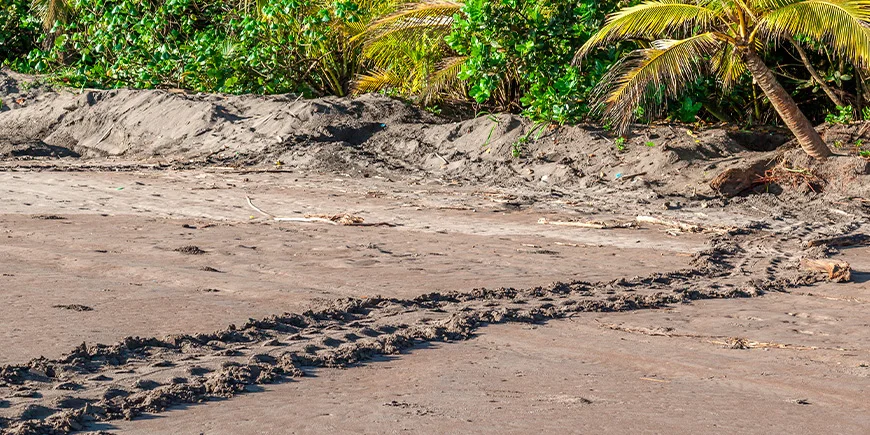
July in Costa Rica is synonymous with the weather phenomenon “veranillo”, meaning little summer.
During a few weeks between July and August, rainfall drops significantly and the days bring more sunshine, particularly along the Pacific coast.
Along the Caribbean coast, July tends to be rainy; however, it also marks the beginning of the nesting season for the green sea turtle (July to October). If you’re lucky, you might witness these majestic creatures coming ashore to lay their eggs in Tortuguero.
From July to November, humpback whales migrate from Antarctica to Costa Rica’s warm waters to give birth. They often travel close to the coastline, so you might be fortunate enough to spot them from land.
When the “veranillo” period comes to an end in July or perhaps into August, the more changeable rainy weather pattern returns. It’s much like the weather in June, with afternoon showers, but there are still plenty of opportunities for outdoor adventures in the mornings.
On the Caribbean coast, for example in Tortuguero or Puerto Viejo, August can be drier than the preceding months as we approach September and October, which are traditionally the driest months in this region.
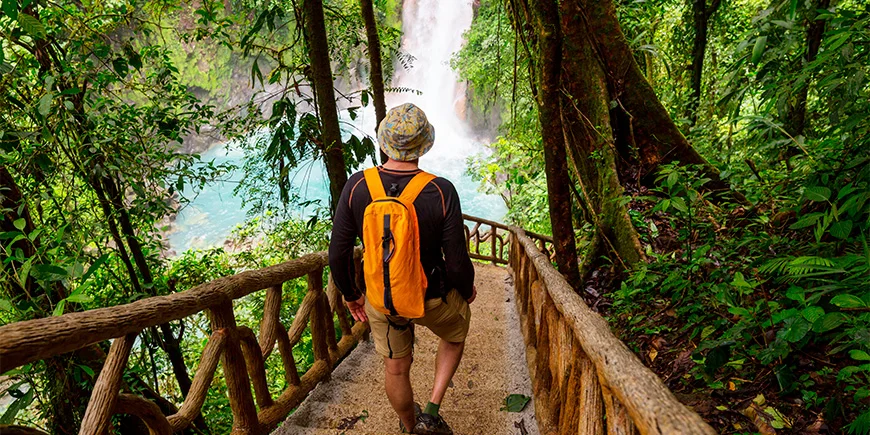
September is often one of the wettest months on the Pacific coast (Sámara, Manuel Antonio, Corcovado National Park), but at the same time, it’s usually among the driest on the Caribbean side.
The rainfall means that national parks such as Manuel Antonio, Monteverde, and Corcovado are especially lush and vibrant at this time of year.
October is much like September, with heavy rainfall continuing across most of the country.
The intense rains make access to certain national parks more difficult; for example, Corcovado National Park is closed in October due to the weather.
However, these months are ideal for bird enthusiasts, and October is one of the best times of year to witness migratory birds making their way to Costa Rica’s national parks.
Along the Caribbean coast, you can still enjoy sunny days and drier weather. It’s also peak season for turtle spotting in Tortuguero.
November marks the end of the rainy season along Costa Rica’s Pacific coast.
The weather starts to settle, making it a great month to visit Costa Rica if you wish to avoid the busyness of high season while still enjoying pleasant weather.
For example, you can experience the stunning La Fortuna waterfall, which is at its most powerful after several months of rain. It’s also the perfect time to relax in the hot springs, with far fewer people around.
Along the Caribbean coast, the period with the heaviest rainfall begins in this part of the country. Most of the rain falls during the early morning and late night hours.
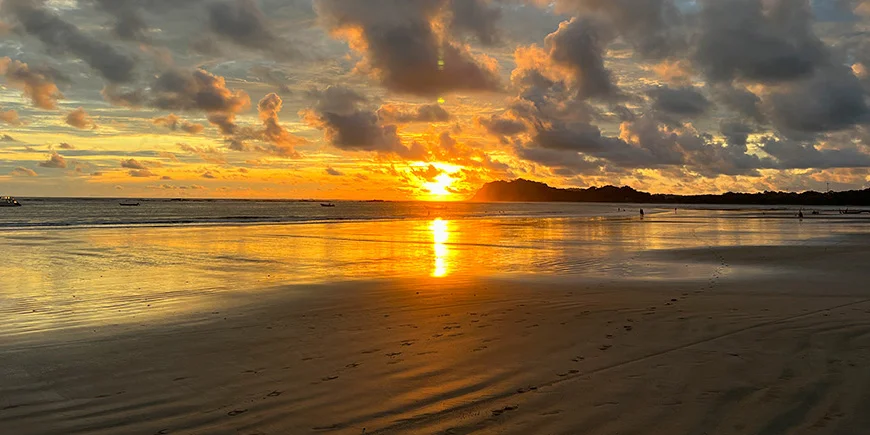
The Pacific side of Costa Rica truly comes into its own in December, as the dry season begins in earnest. It’s one of the most popular months for tours to Costa Rica.
The landscapes remain lush and green following the rainy season, but rainfall becomes less frequent in most areas, making the weather ideal for a beach holiday on the country’s many beautiful shores.
Along the Caribbean coast, December is one of the wettest months of the year, but as always, the spectacular nature and wildlife are simply unrivalled.
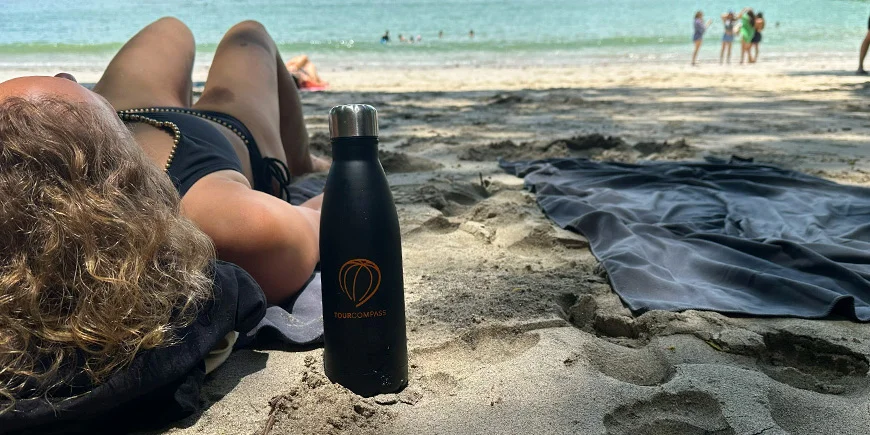
A tour to Costa Rica offers a wealth of natural experiences, from breathtaking scenery with towering volcanoes and enchanting cloud forests, to gorgeous sandy beaches, as well as the country’s unmistakably exotic plants and wildlife.
Each region has its own unique attractions, and no matter when you choose to travel, you’ll be surrounded by Costa Rica’s natural splendour.
Are you ready to experience the magical nature of Costa Rica with your own eyes? Get in touch with our travel specialists today for expert help in finding the ideal time to embark on your dream tour.
TourCompass – From tourist to traveller


Get right up close to Costa Rica’s stunning scenery and wildlife in Tortuguero National Park, at Arenal Volcano and in Monteverde Cloud Forest, and end the tour at Playa Sámara’s beautiful beach.
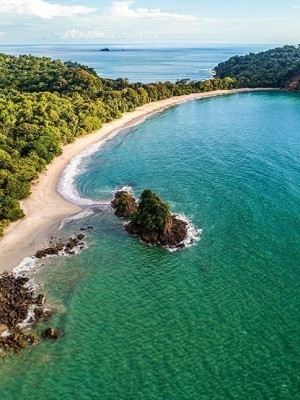

Discover Costa Rica’s breathtaking scenery and wildlife on a visit to Tortuguero National Park, the Arenal Volcano and Monteverde Cloud Forest, and relax on Manuel Antonio’s beautiful beaches.
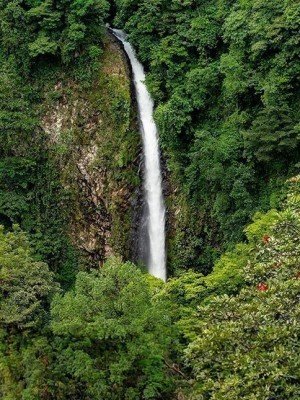

Explore Costa Rica’s magical landscapes in your own car, taking in Tortuguero National Park, the iconic Arenal volcano, Monteverde’s cloud forest and Playa Sámara’s idyllic beach.
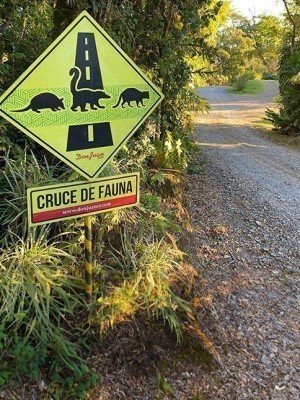

Experience the highlights of Costa Rica on this self-drive holiday to Tortuguero National Park, Arenal Volcano, Monteverde Cloud Forest and Manuel Antonio’s stunning beaches.
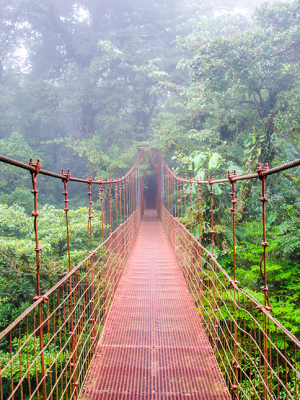

Discover Costa Rica’s unique nature and exciting wildlife at Arenal Volcano and in Monteverde’s Cloud Forest. Round off the tour with relaxation at Manuel Antonio’s stunning beaches.
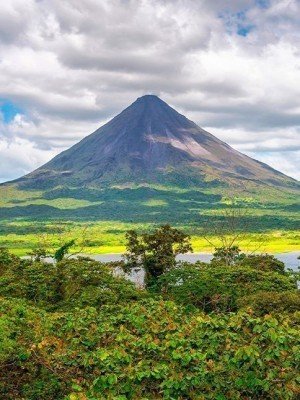

Enjoy Costa Rica’s unique nature and diverse wildlife in Tortuguero, at Arenal volcano, in Rincón de la Vieja and in Monteverde Cloud Forest. Discover lovely beaches in Sámara and Manuel Antonio.
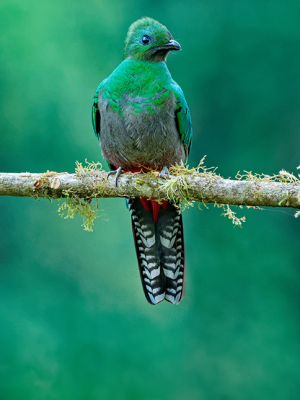

Look forward to unique unspoilt nature and wildlife in Costa Rica’s national parks with less visitors: Cahuita and Corcovado. Round it all off at Manuel Antonio’s wonderful beaches.